Forests aren’t just pretty landscapes—they’re the lifeblood of countless species that simply can’t survive without them.
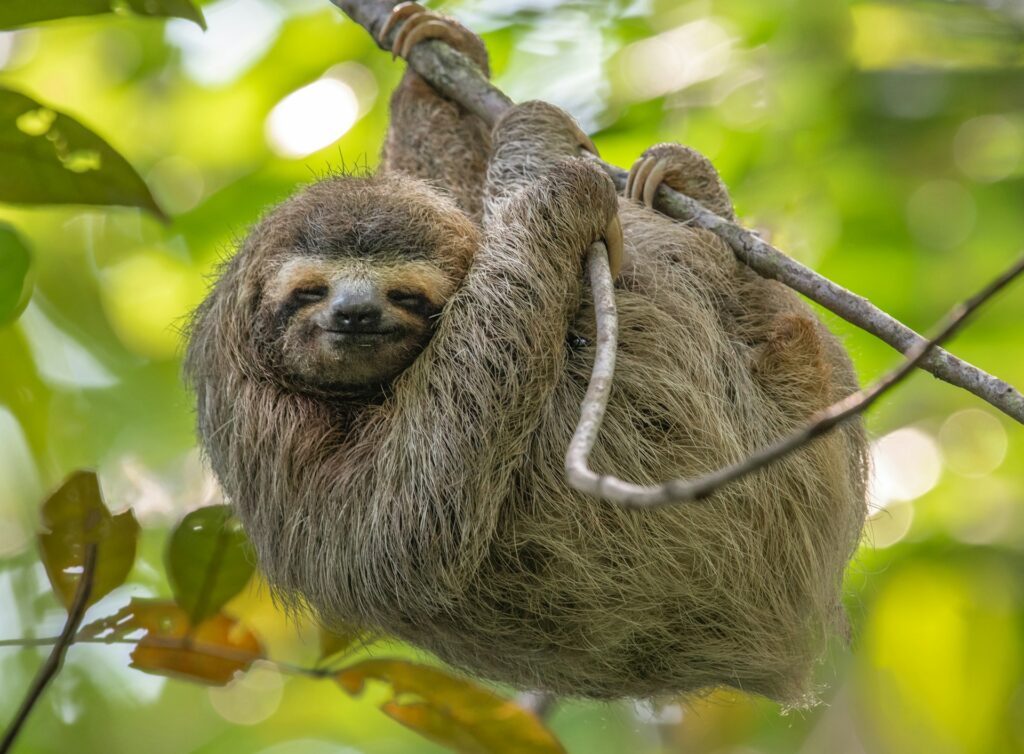
From towering canopies to the leaf-littered forest floor, every layer offers shelter, food, and the exact conditions certain animals need to thrive. When forests are lost or fragmented, these species don’t just lose their homes—they lose their lifeline. Here are just some of the creatures that depend heavily on forest ecosystems, and remind us just how vital it is to protect what’s left.
1. Red squirrels
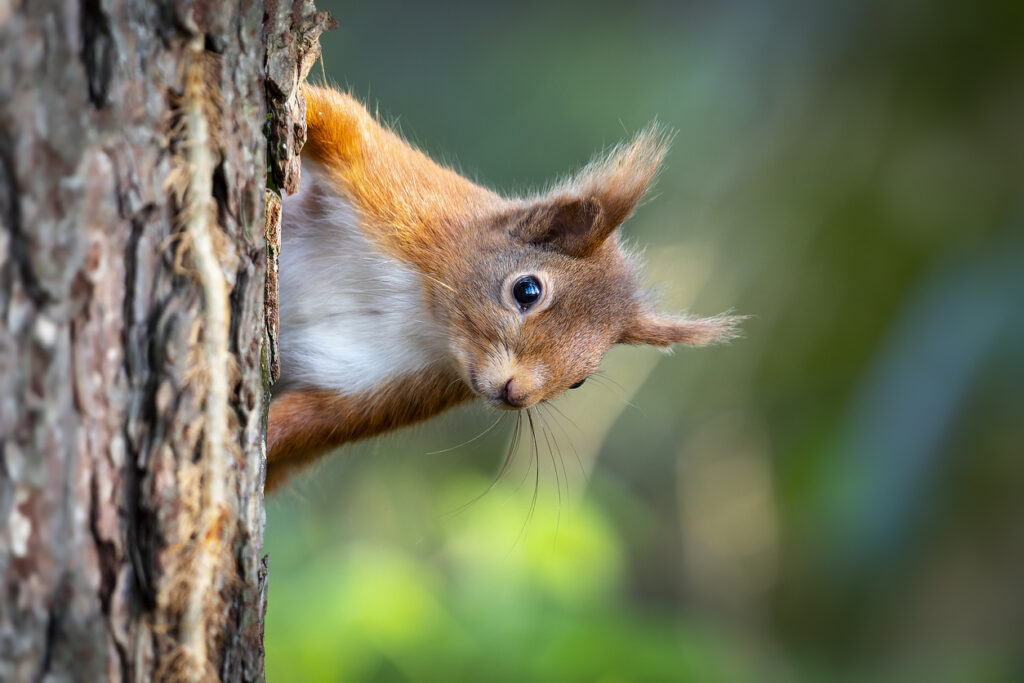
Red squirrels have become a symbol of conservation in the UK—and for good reason. These native creatures are highly dependent on coniferous and mixed woodland, where they forage for seeds, nuts, and fungi. Their populations have been squeezed into shrinking patches of forest, largely due to habitat loss and competition from invasive grey squirrels.
Red squirrels rely on mature trees for shelter and nesting, and without continuous forest cover, they struggle to find safe routes and enough food. Maintaining and restoring woodland is key to giving them a chance at survival.
2. Orangutans
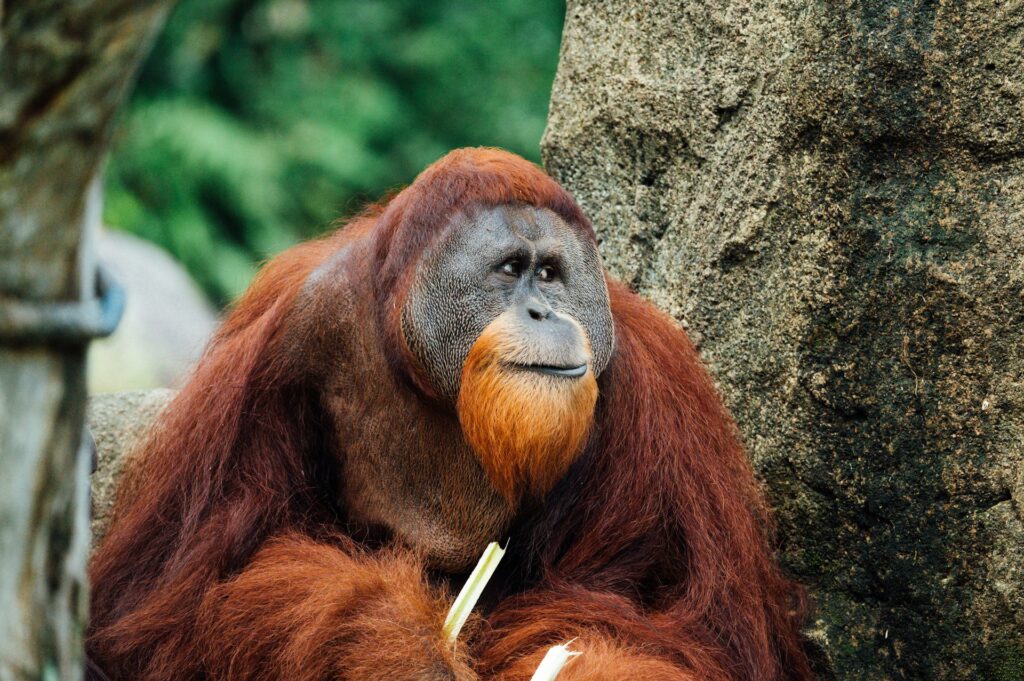
Found only in the rainforests of Borneo and Sumatra, orangutans are perhaps one of the clearest examples of a species tied to forest life. They spend nearly all their time in trees—feeding, sleeping, and travelling through the canopy. Their long arms and slow, deliberate movement are perfectly suited for this high-up lifestyle.
Unfortunately, as palm oil plantations continue to wipe out vast tracts of rainforest, orangutans are losing ground. Without dense, unbroken forest, they’re left vulnerable, not just to habitat loss but also to poaching and human conflict.
3. Pine martens
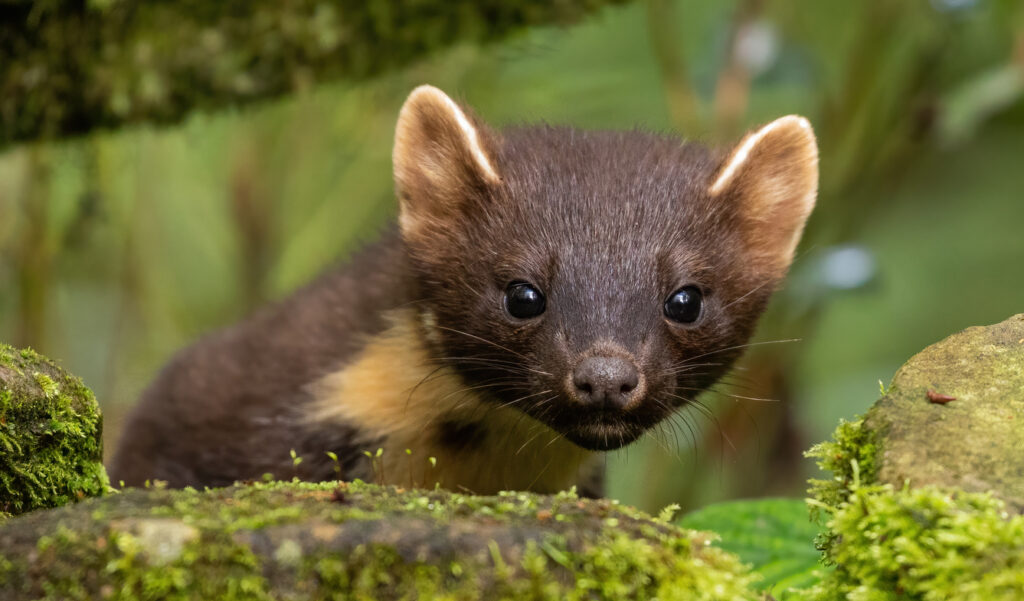
Once nearly wiped out in Britain, pine martens are making a quiet comeback—but they still need well-managed forest habitats to survive. These elusive mammals nest in tree hollows and feed on small mammals, fruit, and birds. They prefer native woodlands with plenty of cover and structure.
As natural predators of grey squirrels, their return is helping red squirrels in some areas—but without enough intact forest, their population recovery could stall again. Reconnecting fragmented woodlands is essential for their continued return.
4. Jaguars
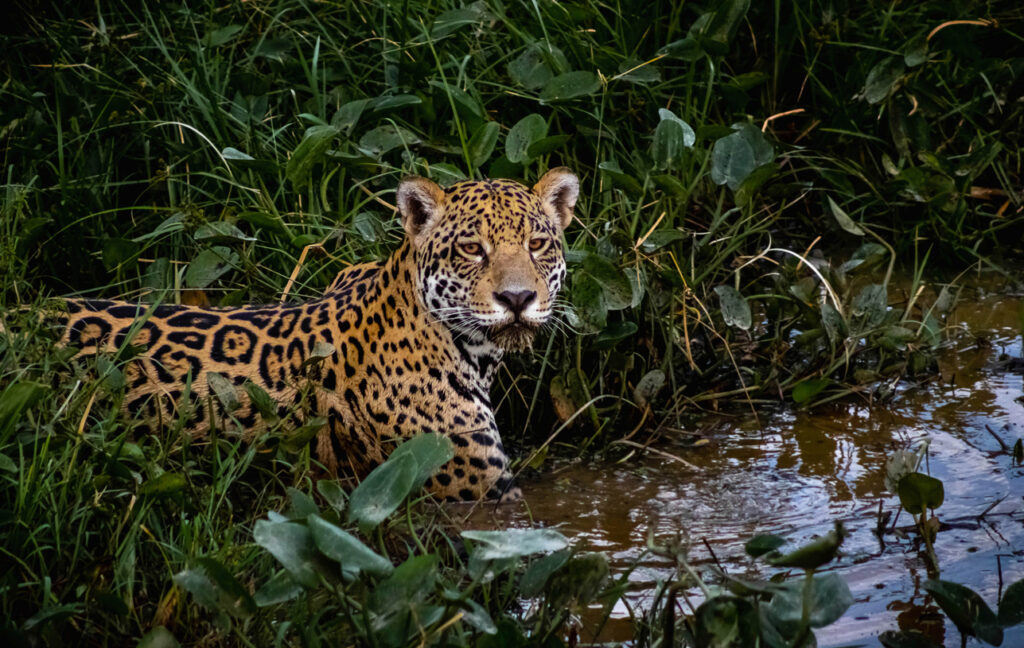
Jaguars are top predators of the Americas and are most at home in dense tropical forests, particularly the Amazon and other rainforests of Central and South America. They rely on forest cover for stealth and hunting, preying on everything from deer to capybaras.
With deforestation accelerating, jaguars are being pushed into smaller, isolated patches of habitat. That loss of space doesn’t just threaten their survival—it also increases human-wildlife conflict, as jaguars move closer to farms and settlements out of desperation.
5. Spotted owls
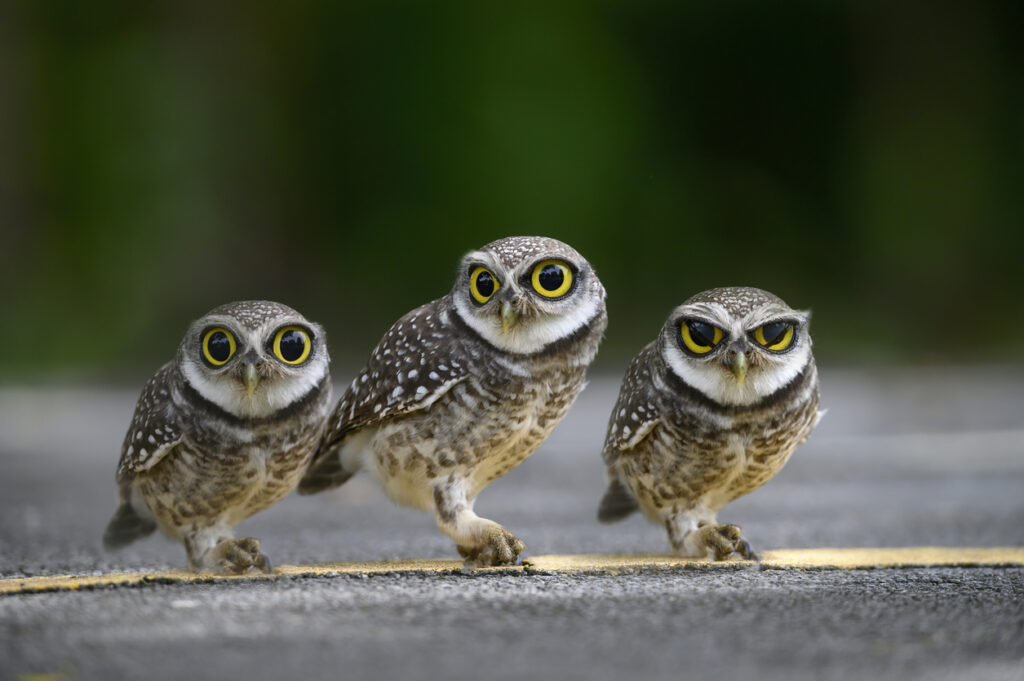
In North America, spotted owls have become a flagship species for old-growth forest conservation. These birds are deeply tied to ancient, undisturbed woodlands with large trees and complex understories, where they can nest and hunt in peace.
They’ve become increasingly rare due to logging and habitat fragmentation. Without large tracts of continuous forest, these owls can’t find enough prey—or a safe place to breed and raise young.
6. Forest elephants
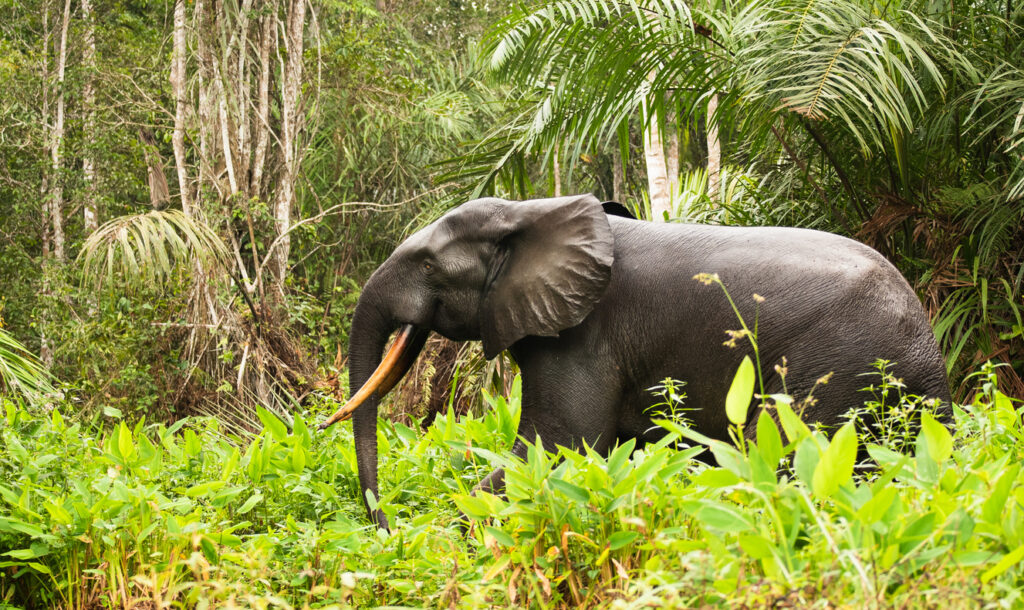
Smaller and more elusive than their savanna cousins, African forest elephants are a distinct species that dwell in the dense rainforests of Central and West Africa. They play a vital role in shaping the forest, dispersing seeds over wide areas as they roam and feed.
These elephants are under severe threat from both poaching and habitat loss. As logging and development continue, the forest corridors they need to travel and forage in are being broken apart, making survival increasingly difficult.
7. Great hornbills

These striking birds, found across the forests of Southeast Asia, depend on large, old trees for nesting cavities. Their diet of fruits and small animals is also closely tied to the biodiversity of tropical forests. Without mature forest, hornbills can’t breed or feed properly.
Because they only raise one chick per breeding season and need very specific nesting sites, they’re particularly sensitive to habitat changes. Their disappearance is often one of the first signs that a forest is in trouble.
8. Gibbons
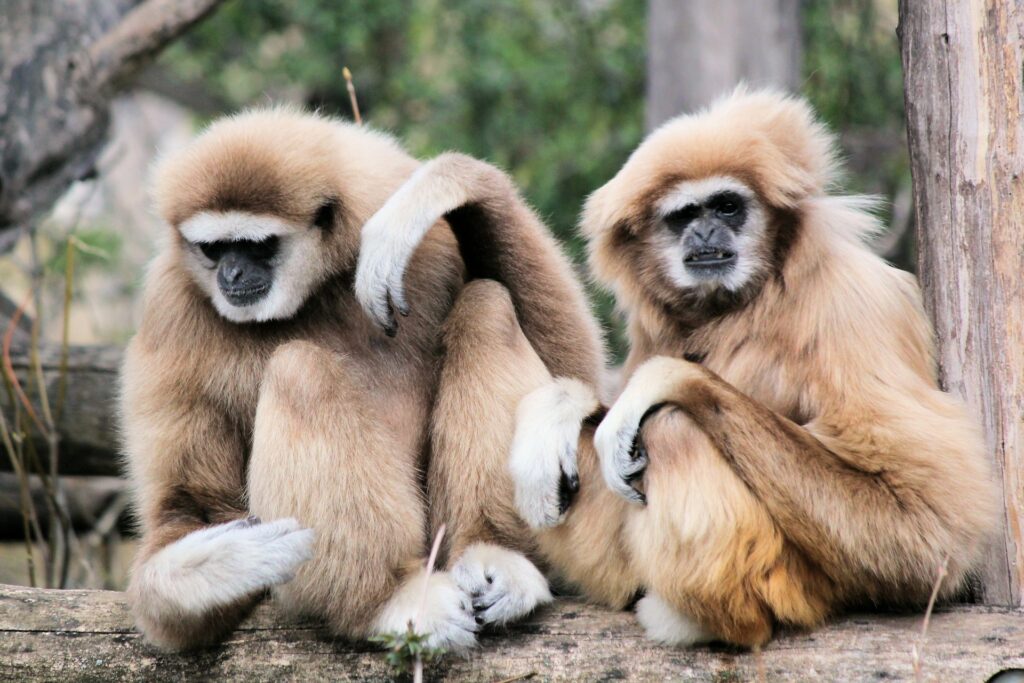
These small apes are known for their incredible agility and haunting songs, swinging through the trees in pairs across the forests of Southeast Asia. Gibbons rely entirely on forest canopies to move around—they rarely touch the ground, which makes them especially vulnerable to logging and fragmentation.
Even narrow roads or cleared strips of land can isolate populations and disrupt their family structures. Protecting continuous forest is key to their long-term survival and social well-being.
9. Lynx
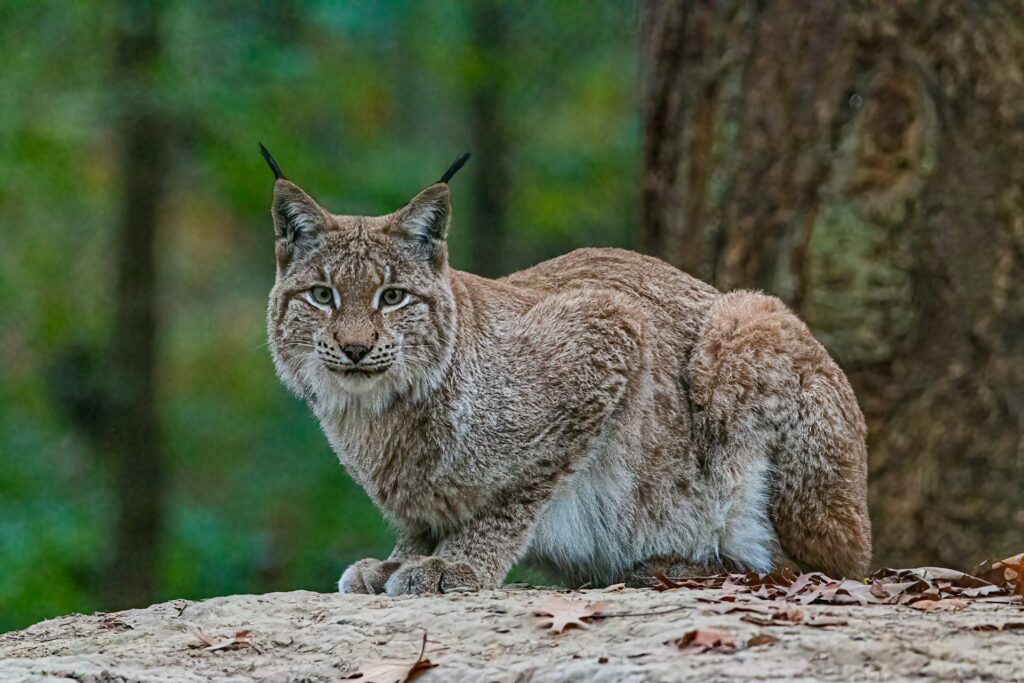
The Eurasian lynx needs dense forest cover to hunt and stay hidden. These solitary predators are highly secretive and prefer areas with low human disturbance and plenty of prey, such as deer and hares. Rewilding efforts in Europe have shown promising results, but only where there’s enough suitable forest habitat to support them.
They’re a perfect example of how forest-dependent predators can quietly flourish—if given the space and protection to do so. But once forests are broken up or thinned out, their hunting ability drops, and they retreat from areas altogether.
10. Fire salamanders
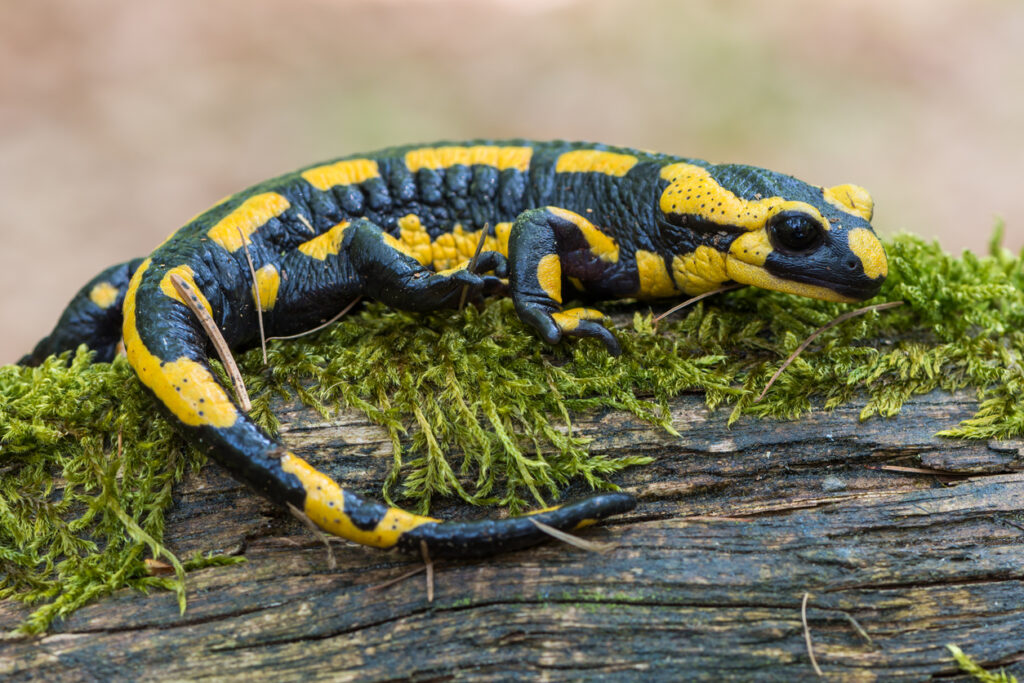
These striking amphibians prefer damp, shaded forest environments, particularly those with small streams or springs. The leaf litter and rotting wood of temperate forests are vital for their breeding and feeding cycles.
They’re extremely sensitive to pollution, temperature changes, and loss of moisture—making forest cover essential for regulating the microhabitats they need. Even moderate deforestation can lead to local extinction of salamander populations.
11. Sloths

Sloths are poster animals for slow living, and everything about them is adapted to forest life. From their hooked claws to their algae-covered fur, they rely on trees for food, shelter, and even camouflage. They move slowly and deliberately, making forest canopies the only real safe zone they have.
With deforestation in Central and South America accelerating, sloths are often left stranded with nowhere to go. They’re not fast enough to adapt or relocate quickly, which puts them in real danger as their habitat disappears around them.
12. Western capercaillie
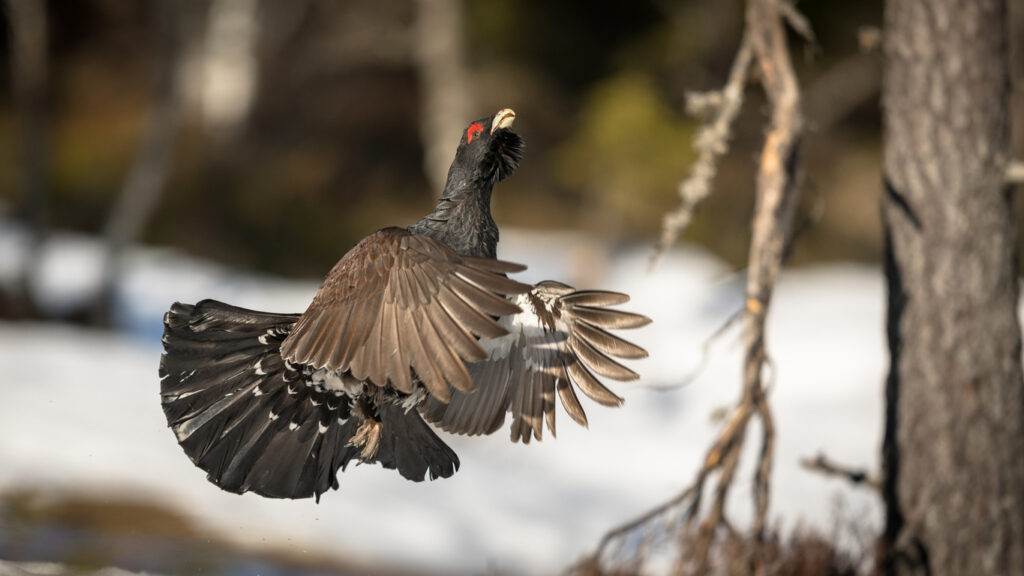
This rare bird, found in parts of Scotland and mainland Europe, is highly dependent on ancient pine forests. Males need open, quiet spaces within the woods to perform their dramatic mating displays, while chicks rely on a diet of insects and berries found in native woodland undergrowth.
Capercaillie populations have dwindled dramatically due to forest loss and disturbance. Even walkers and dogs passing through their breeding areas can cause enough disruption to impact their survival. They’re a prime example of how delicate forest ecosystems really are.
13. Tree kangaroos
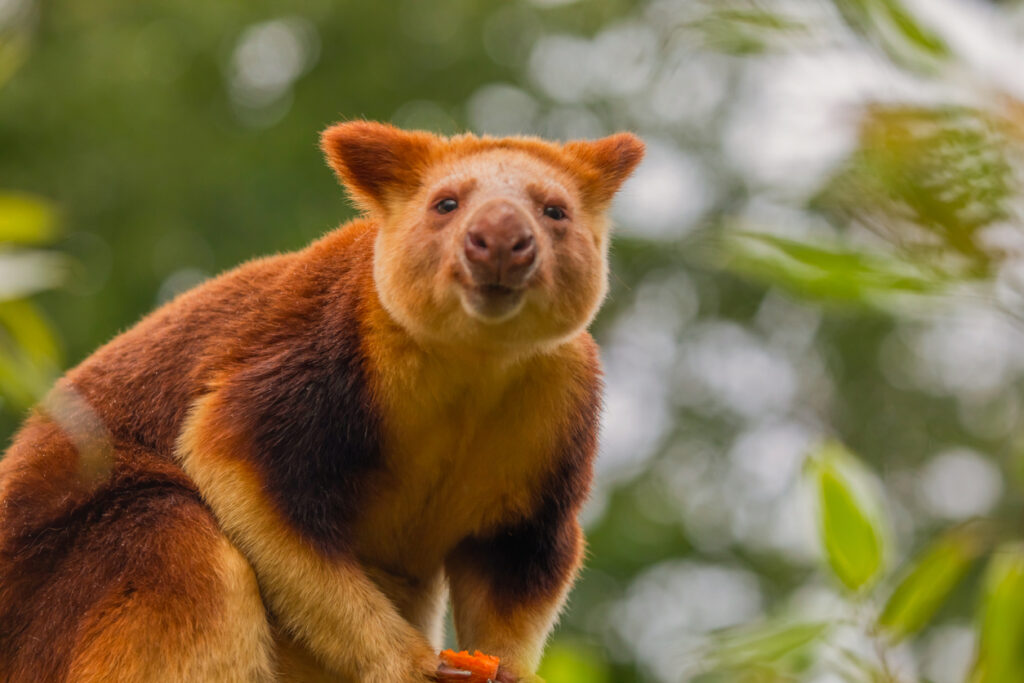
Yes, kangaroos—but in trees. Native to the rainforests of New Guinea and northeastern Australia, tree kangaroos have adapted to a life in the canopy. Their strong limbs and tails help them climb and balance in dense forest environments where few other marsupials venture.
Unfortunately, these fascinating creatures are now threatened by deforestation and hunting. Because their movement is tied so closely to the treetops, even small breaks in the forest can cut them off from food or safe nesting areas.
14. Woodpeckers
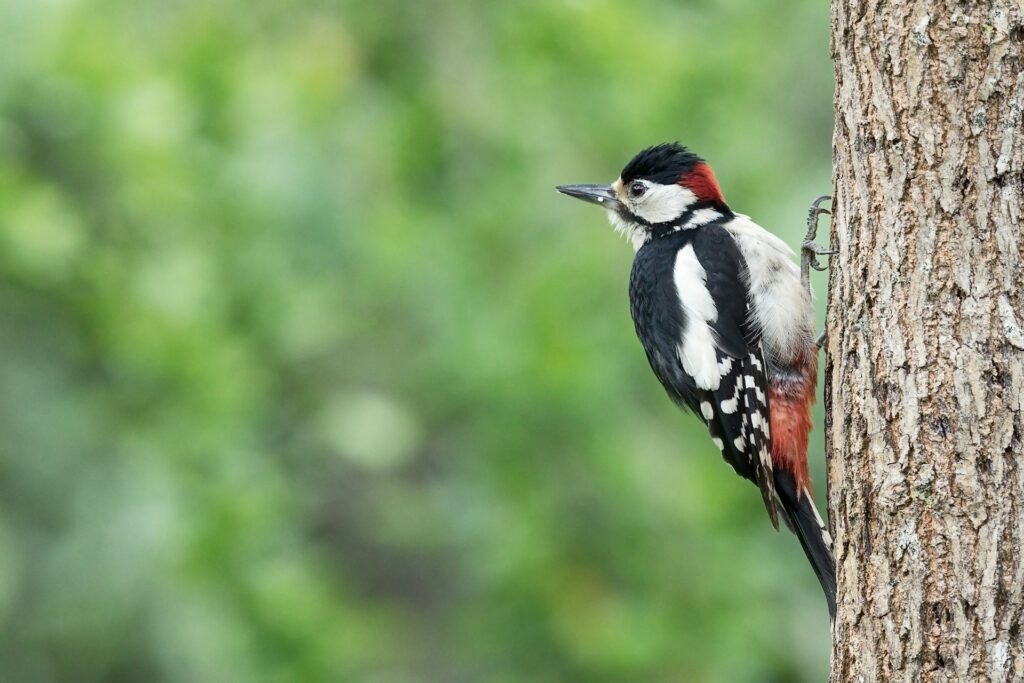
These birds don’t just rely on trees—they engineer them. Woodpeckers nest in tree trunks and feed on the insects that live beneath bark, meaning they need healthy, mature forests with plenty of deadwood to thrive. In the UK, species like the great spotted and green woodpecker are regular forest dwellers.
Clearcutting or over-managing woodland strips away their nesting sites and food sources. Without forest structure, they struggle to breed successfully—and their decline can signal wider forest degradation.